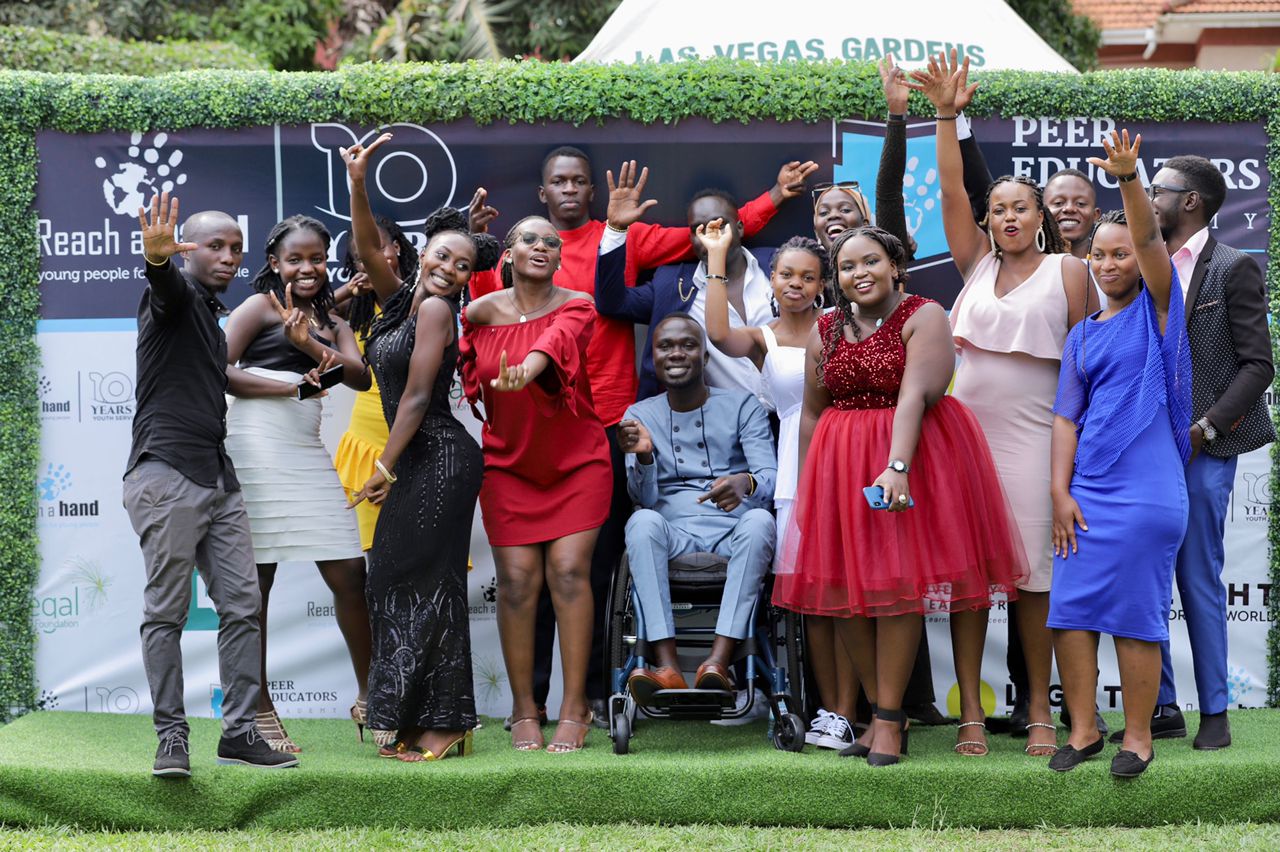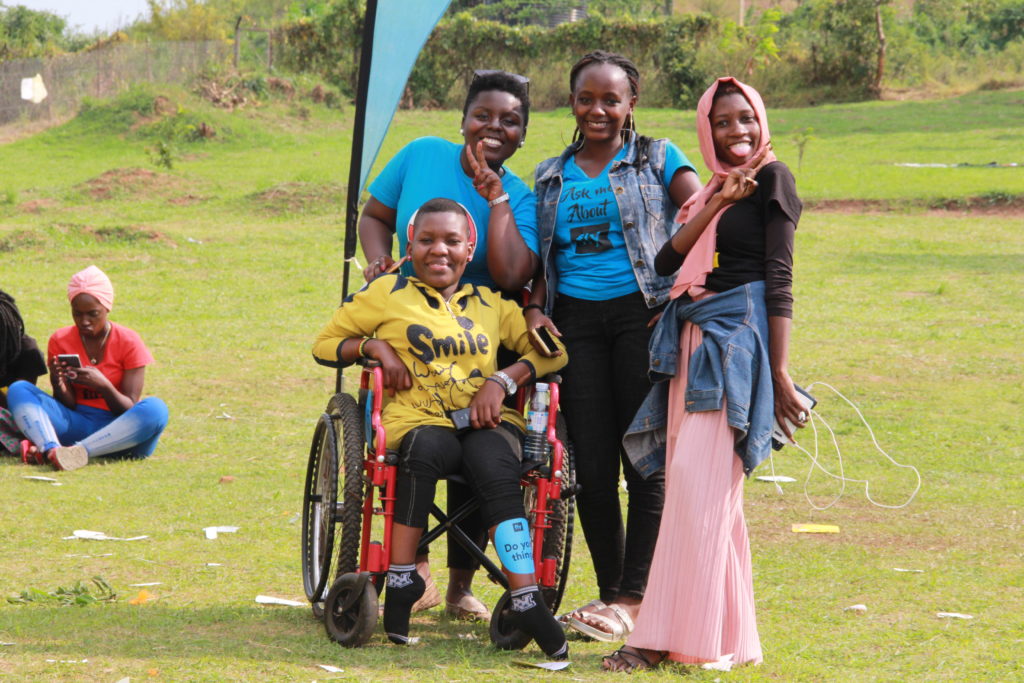
Sexual and Reproductive Health, according to UNFPA, is a condition of total physical, mental, and social wellbeing in all aspects of the reproductive system. It indicates that people can have a pleasant and safe sexual life, as well as the ability to reproduce and the freedom to choose if, when, and how frequently they do so. People with disabilities, according to the UN Convention on the Rights of Persons with Disabilities, are those who have long-term physical, mental, intellectual, or sensory impairments that, in combination with other barriers, may prevent their full and effective participation in society on an equal basis with others.
Discrimination, stigma, and prejudice, as well as the habitual failure to incorporate disability rights into policy and program designs, Persons with disabilities have a right to enjoy life and have equal access to services and opportunities like every human being in the world. Therefore it is the duty of the government and different stakeholders to ensure that Persons with Disabilities are included while providing information and services. Its goal is to make work, health, communication, business, housing, products, and services accessible to individuals with disabilities. It is to provide them with the same opportunities in all aspects of life as everyone else in society.
The majority of SRHR programs and services tend to focus on young people as a whole, which by design excludes a huge percentage of youth with disabilities. Misconceptions about individuals with disabilities, as well as the idea that they are not sexually active, have contributed to a lack of focus on ensuring that they have access to sexual and reproductive health-care services as well. Many young people with disabilities lack access to sexual reproduction knowledge, are unaware of their rights, and are unable to get sexual reproductive health treatments. Many girls living with disabilities have been denied condoms because doctors believe they shouldn’t enjoy sex or, more accurately, shouldn’t be allowed to have sex, which is a form of violence. Due to a lack of these services, young people with disabilities are more likely to contract HIV/AIDS, have unwanted pregnancies, and contract other sexually transmitted diseases.
Looking at community health centres, youth-friendly services lack the components that make them disability-friendly. Young people with disabilities do not have access to sign language interpreters, confidentiality, or qualified healthcare practitioners. Service providers are ill-equipped to deal with people with disabilities, and some have a hostile attitude toward them. This has made people with disabilities, particularly the deaf, fearful of going to these health facilities for services.

A key feature of exclusion for people with disabilities was worsened during the Covid-19. This occurred for a variety of reasons, including physical hurdles to key services, a lack of disability-sensitive services and information, and discrimination and stigma. COVID-19 lockdowns exacerbated the lack of comprehensive sexuality education and dignified menstruation health treatments for young people and women with disabilities. Health-care personnel may lack the knowledge, understanding, and skills necessary to respond to the needs of people with disabilities.
The government should provide free SRH services to youth with disabilities and bring these programs closer to the community to make them more accessible. The government, for example, should ensure that every health institution and clinic has a sexual reproductive health desk that provides these services to kids with disabilities and other adolescents in need. There is still considerable work to be done to ensure that the sexual and reproductive health needs of young people with disabilities are met. Policies relating to SRHR must be practical in order to ensure that people with disabilities are not left behind. Health personnel must be taught in how to deal with or engage with clients with various disabilities.
Reach A Hand Uganda, as a pioneer in youth-centered SRHR programming, is actively working to include people with disabilities in all of its programs and activities. These disability inclusion best practices may be seen in the Peer Educators’ Academy and other other programs run by the organization, however disability inclusion cannot be achieved in every element of life by a one man’s army. As a result, if we want to ensure a healthy and productive population, we must equip health workers with the necessary skills for dealing with youth with disabilities in hospitals, as well as the knowledge and methods for disseminating sexual reproductive health information to youth with disabilities during their hospital visits and all stake holders involved should play their roles.
Your Reaction